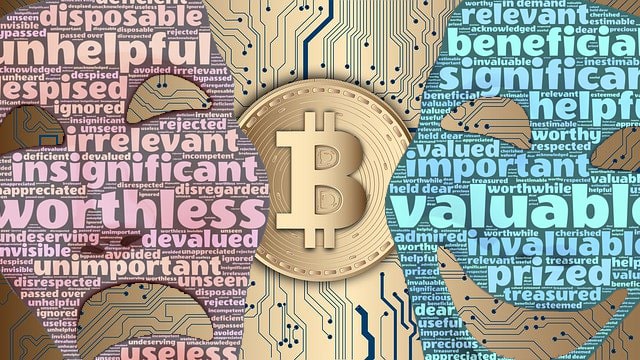The Bitcoin Story (Economics)

Before we start to discuss about how blockchain and crypto will change our society, we need to know why bitcoin was created (the economics of bitcoin) and how it works (the technology of bitcoin, aka blockchain). We will start to explain how bitcoin was created, and why.
The Birth of Bitcoin
On October 31st, 2008, at a time when the latest financial crisis was shaking the markets, one or more individuals under the pseudonym of Satoshi Nakamoto, wrote the so-called whitepaper. This paper summarized the solution to a problem: How to create a completely digital and decentralized payment system, with no need for a central counterpart such as a bank to guarantee its functioning. You can read the document here. The document, very technical, laid the foundations of blockchain technology and its first practical application: bitcoin.
What the whitepaper does not explain is the economic theory behind the most important of the cryptocurrencies. That can be unveiled thanks to the historical situation and the symbols left by Satoshi Nakamoto.
It is no coincidence that bitcoin was born at the height of the 2008 financial crisis. At that time, central banks all over the world printed money to bail out banks facing difficulties.
According to the most authoritative and historical economic theories, the more money is printed, the higher the inflation will be. Although this theory seems to have lost value in this historical context, Satoshi Nakamoto considered it valid at the time.
Hypothetical future inflation would be an easy way to reduce public debt. However, it would also have an impact on savers’ assets. In such a scenario, investors would have to turn to the safe-haven asset par excellence – gold – in order to protect their savings.
Bitcoin, Digital Gold
Gold is a scarce resource and this characteristic can be used to counteract inflation. However, gold is not an easy means of conducting economic transactions in a globalized economy. Can you use gold to pay for goods from Chinese producers? Is it necessary to ship the gold before receiving the merchandise? What if the goods are not shipped? Well, for Nakamoto, gold was a safe haven, but not suitable for an increasingly connected and digital world.
Satoshi, therefore, wanted to create digital gold: namely, bitcoin. Like gold, bitcoin is scarce. Only 21 million will be issued in total. Every four years or so, the number of bitcoin produced is halved, until approximately the year 2140, when there will be no more bitcoin available.
Like gold, bitcoin is thus a deflationary asset. Similarly to gold, bitcoin cannot be forged (the computing power required to forge bitcoins cannot be reproduced), it is portable (bitcoin is located on the blockchain and you only need an internet connection to access it), it is divisible (bitcoin can be divided up to 8 decimal places) and it is fungible (each bitcoin is equal to the others).
If you want to deep more in this topic, I can suggest you to read Vijay Boyapati’s “Bullish Case for bitcoin”
Friedrich Hayek
In reality, the economic theory related to bitcoin is not new. In 1976, the Nobel Prize winner for economics Friedrich Hayek published the essay, “The Denationalization of Money”. Here, he proposed the abolition of the state monopoly of currency issuance. According to this theory, central banks run the risk of becoming a means used by politicians for their own ends.
It is too tempting for them to use monetary policies to achieve short-term goals and to ensure their re-election. These short-term goals include economic welfare, which can easily be achieved by central bank stimuli (i.e. the issuance of currency). However, this always lead to harmful long-term consequences. In order to overcome this risk, Hayek suggests the abolition of the state monopoly of currency issuance.
Inflation, and now Corona
In the last months, a considerable number of examples of this theory could be found. From Erdogan to Fernandez to Trump, there is an increasing number of presidents who have used central banks in their favour or strongly criticized their actions because they were considered too restrictive. It is not surprising, therefore, that an increasing number of countries have inflation problems, with Argentina and Turkey among them, but also Iran, a large number of African countries or the extreme case of Venezuela.
And now the Coronavirus comes in. The economy is trembling and central banks, which had already reduced the interest rate to a minimum, can no longer intervene. The result is that states around the world are forced to allocate billions to save companies in crisis.
This money will no longer be allocated, as was the case with past Quantitative Easing measures, into stock purchasing programmes, but directly into the economy, just like all the money generated by the sale of securities on the markets. Will this be the element that will lead to the inflation so feared by Satoshi Nakamoto? And will bitcoin be able to counter it or has it lost this ability? The next few months will give us that answer.










